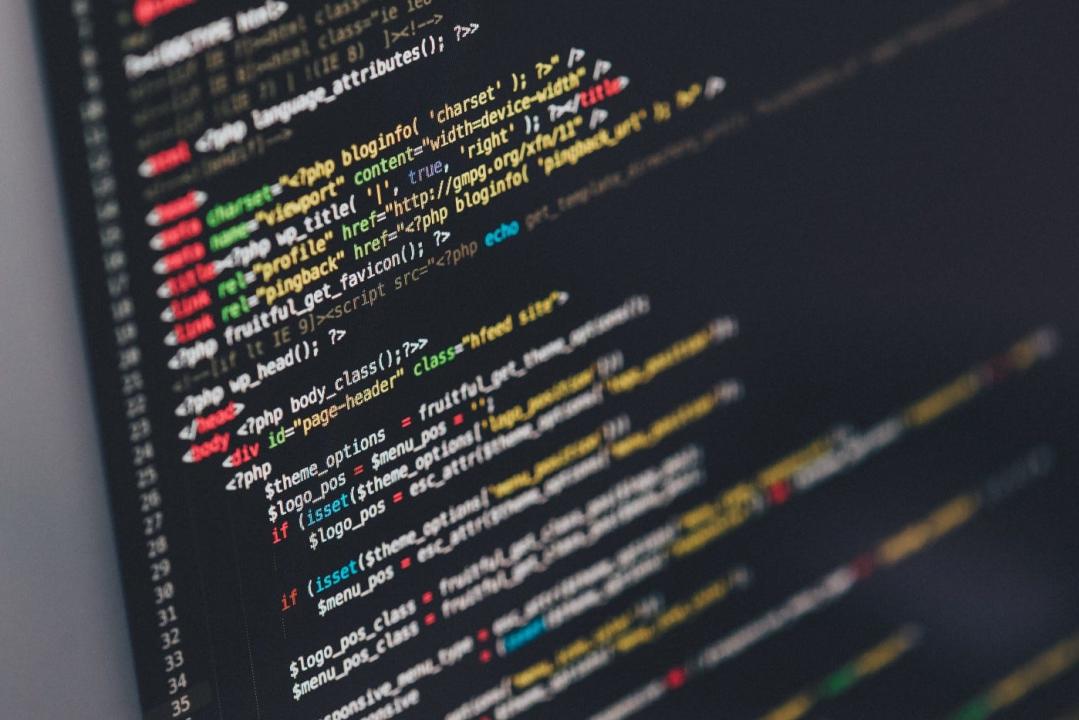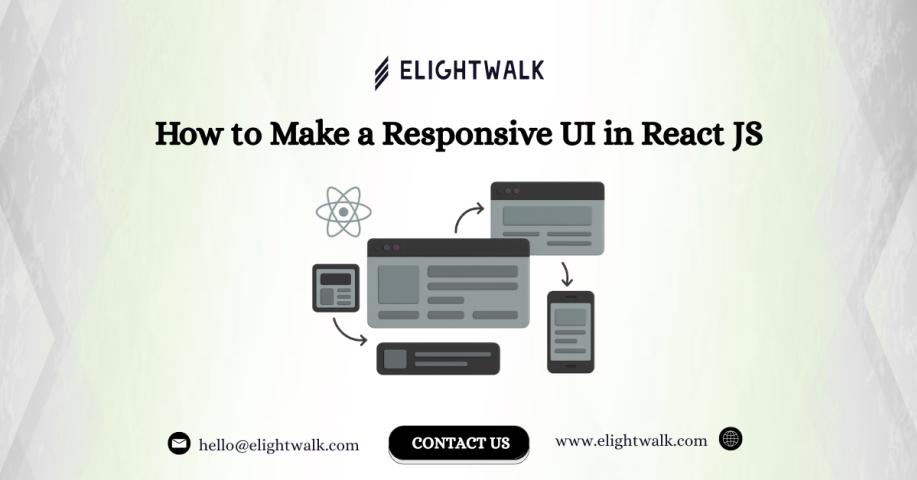In modern web development, ensuring the reliability and robustness of your application is crucial. Testing is a fundamental part of this process, and ReactJS, with its component-based architecture, offers a variety of tools and best practices to make testing straightforward and effective.
Building a successful ReactJS application goes beyond writing clean code; it involves rigorous testing to ensure every component functions as intended. Testing is an integral part of the development process, helping to catch bugs early and maintain code quality.
In the fast-paced world of web development, ensuring your application is reliable and bug-free is crucial. ReactJS, with its component-based architecture, makes it easier to build dynamic and interactive user interfaces. However, the true power of ReactJS shines when you combine it with a robust testing strategy.
This blog will guide you through the essential tools and best practices for testing ReactJS applications.
Why Testing is Important for ReactJS Applications?
Before diving into tools and practices, it’s important to understand why testing is essential:
- Bug Detection: Early detection of bugs can save time and resources.
- Code Quality: Testing ensures that your code meets the desired quality standards.
- Maintainability: Well-tested code is easier to refactor and maintain.
- User Satisfaction: Reliable applications lead to a better user experience.
Types of Testing in ReactJS Applications
- Unit Testing: Focuses on individual components or functions. It verifies that each part of the codebase works as expected.
- Integration Testing: Tests how different pieces of the application work together.
- End-to-End (E2E) Testing: Simulates real user scenarios and interactions to ensure the entire application functions correctly.
Essential Tools for Testing ReactJS Applications
1. Jest
Jest is a popular JavaScript testing framework maintained by Facebook. It’s designed to work with React out of the box, offering a complete suite of features including:
- Snapshot Testing: Allows you to capture the rendered output of your React components and compare them to ensure they don’t change unexpectedly.
- Mocking: Easily mock functions, modules, or components to isolate and test specific parts of your code.
2. React Testing Library
React Testing Library is a set of helpers that encourages better testing practices by focusing on testing the output of your components rather than the implementation details. Key features include:
- User-Centric Queries: Helps you write tests that interact with your application in the same way a user would.
- Simple API: Provides a simple and intuitive API for querying and interacting with DOM nodes.
3. Enzyme
Enzyme is a JavaScript testing utility for React that makes it easier to test the output of React components. It allows you to:
- Shallow Rendering: Render a component without its children, isolating the component for unit testing.
- Full DOM Rendering: Render components into the DOM to test component lifecycle and interactions.
4. Cypress
Cypress is an end-to-end testing framework that provides a rich user interface for writing and running tests. It offers:
- Real Browser Testing: Runs tests in the browser, giving you a real-world testing environment.
- Time Travel: Lets you see exactly what happened at each step in your test.
Best Practices for Testing ReactJS Applications
1. Test Driven Development (TDD)
Adopt TDD by writing tests before writing the actual code. This approach helps in understanding the requirements better and ensures complete test coverage.
2. Write Meaningful Tests
Focus on testing the behavior and output of your components rather than implementation details. This makes your tests more resilient to changes in the codebase.
3. Use Mocking Sparingly
While mocking is useful, over-reliance can lead to tests that don’t reflect real-world usage. Use mocking when necessary, but prefer testing real components and their interactions.
4. Organize Tests Effectively
Structure your tests in a logical manner, mirroring the structure of your application. This makes it easier to find and maintain tests as your application grows.
5. Automate Your Testing Process
Integrate your tests into your CI/CD pipeline to ensure they run automatically on each commit or pull request. This helps in catching issues early and maintaining code quality.
6. Maintain Good Test Coverage
Aim for high test coverage, but don’t sacrifice quality for quantity. Ensure that your tests cover critical parts of your application and common user interactions.
7. Regularly Update Snapshots
When using snapshot testing, review and update your snapshots regularly. This ensures that they remain accurate and relevant to your current codebase.
8. Use Descriptive Test Names
Write descriptive and meaningful test names that clearly describe what the test is verifying. This makes it easier to understand the purpose of each test at a glance.
Conclusion
Testing is a vital part of ReactJS application development, ensuring that your application remains reliable, maintainable, and bug-free. Whether you hire dedicated React JS developer or work with a reputable ReactJS development company, using the right tools and following best practices is essential.
This approach helps create a robust testing strategy that will enhance the quality of your code and the user experience of your application. Integrate these tools and practices into your workflow to build high-quality ReactJS applications that stand the test of time.




